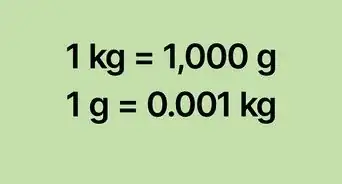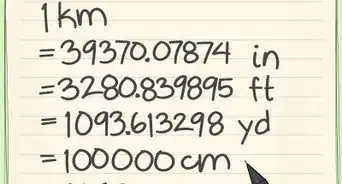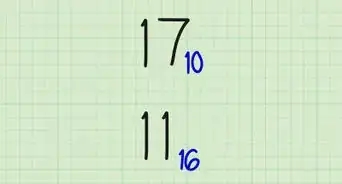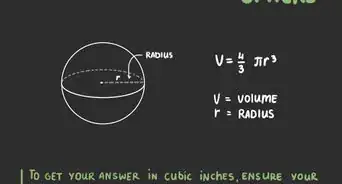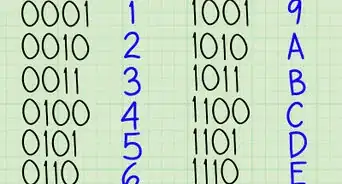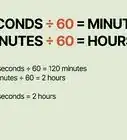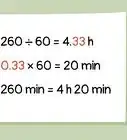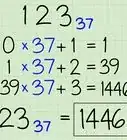This article was co-authored by wikiHow staff writer, Hannah Madden. Hannah Madden is a writer, editor, and artist currently living in Portland, Oregon. In 2018, she graduated from Portland State University with a B.S. in Environmental Studies. Hannah enjoys writing articles about conservation, sustainability, and eco-friendly products. When she isn’t writing, you can find Hannah working on hand embroidery projects and listening to music.
There are 8 references cited in this article, which can be found at the bottom of the page.
This article has been viewed 30,212 times.
Learn more...
Starting with minutes and moving to seconds can seem tough, but it’s easy once you get the hang of it! In general, you can multiply the number of minutes by 60 to figure out how many seconds there are. Make sure you check your math and use a calculator if you get stuck.
Steps
Multiplying by 60
-
1Remember that there are 60 seconds in 1 minute. Before you start your conversion, remember the magic number: 60 seconds for every 1 minute. If you remember this, it will be much easier to make your conversion.[1]
-
2Multiply the number of minutes by 60. Start by writing down your number of minutes, then multiply it by 60. This will give you your answer right away.[2]
- For example, if you are converting 11 minutes, multiply it by 60 to get 660 seconds.
- Or, if you are converting 20 minutes, try 20 x 60 = 1,200 seconds.
Advertisement -
3Add the units after your answer. Throwing around a ton of numbers can get confusing. To keep your answer clear, make sure you label your answer with “seconds” after you write it down.[3]
- For example, 11 minutes x 60 seconds = 660 seconds.
- 20 minutes x 60 seconds = 1,200 seconds.
-
4Check your answer by dividing the number by 60. If you aren’t sure of your answer, divide the number that you got by 60. This should give you the original number that you started with. If it doesn’t, go back and check your math again.[4]
- For example, if you got 660 seconds, divide 660 / 60 = 11 minutes.
- Or, for 1,200 seconds, do 1,200 / 60 = 20 minutes.
Converting Decimals
-
1Start with the decimal point you’d like to convert. Sometimes, math problems include minutes that are written with decimal points. If that’s the case, write down the number that you’re starting with, and be sure to include the number after the decimal.[5]
- For example, a problem might say 11.5 minutes.
- Or, a problem might say 13.2 minutes.
-
2Multiply the number before the decimal by 60. Take the number written before the decimal point and multiply it by 60, making sure to double-check your math as you go. Write this number down first so you don’t forget it.[6]
- For example, 11 x 60 = 660.
- For example, 13 x 60 = 780.
-
3Multiply the number after the decimal by 60. Now, take the number after the decimal point and multiply it by 60. Remember to keep the decimal point in your equation as you do it so you get an accurate answer![7]
- For example, 0.5 x 60 = 30.
- For example, 0.2 x 60 = 12.
-
4Add the 2 numbers together. Now, you can add your numbers together to get your final answer. Remember to add the units after your answer so you don’t get them confused.[8]
- For example, 660 + 30 = 690 seconds.
- For example, 780 + 12 = 792 seconds.
Other Conversions
-
1Multiply hours by 60 to convert to minutes. If you’re starting with hours instead of minutes, you’ll need to go from hours to minutes to seconds. To convert your number from hours to minutes, multiply it by 60.[9]
- For example, 2 hours x 60 minutes = 120 minutes.
- To find the seconds, multiply 120 minutes x 60 seconds = 7,200 seconds.
-
2Convert hours to seconds by multiplying by 3,600. Sometimes, you might not want to go through the process of hours to minutes to seconds. Instead, you can multiply the number of hours by 3,600 because there are 3,600 seconds in 1 hour. For example:[10]
- 2 hours x 3,600 seconds = 7,200 seconds.
- 6 hours x 3,600 seconds = 21,600 seconds.
-
3Divide seconds by 60 to convert them to minutes. If you’re starting from seconds and you need to convert to minutes, just do the opposite of converting minutes to seconds. Divide the seconds by 60 to convert to minutes. For example:[11]
- 30 seconds / 60 minutes = 0.5 minutes.
- 90 seconds / 60 minutes = 1.5 minutes.
References
- ↑ https://www.khanacademy.org/math/cc-fifth-grade-math/imp-measurement-and-data-3/converting-units-of-time/a/converting-units-of-time-review
- ↑ https://www.youtube.com/watch?v=-r7JwuSdj5M&feature=youtu.be&t=108
- ↑ https://www.timecalculator.net/minutes-to-seconds
- ↑ https://www.khanacademy.org/math/cc-fifth-grade-math/imp-measurement-and-data-3/converting-units-of-time/a/converting-units-of-time-review
- ↑ http://unitconverters.org/11.5-minutes-to-seconds
- ↑ http://unitconverters.org/11.5-minutes-to-seconds
- ↑ https://www.timecalculator.net/time-to-decimal
- ↑ https://www.timecalculator.net/time-to-decimal
- ↑ https://www.inchcalculator.com/convert/hour-to-minute/
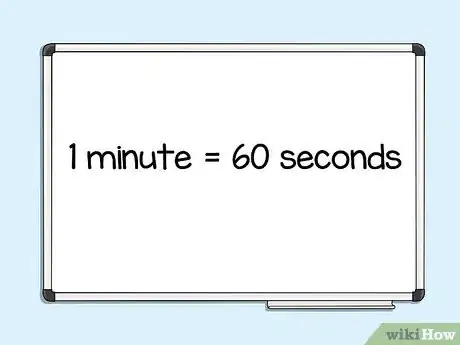
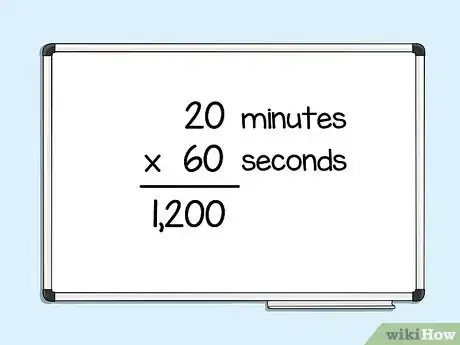
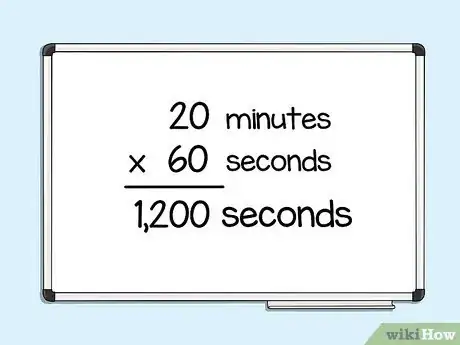
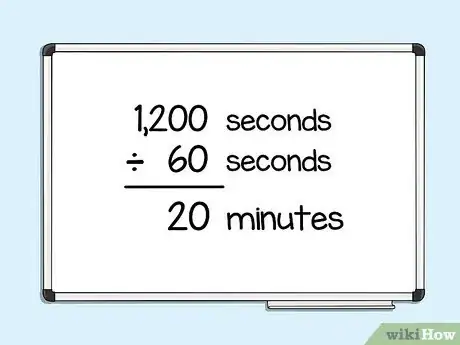
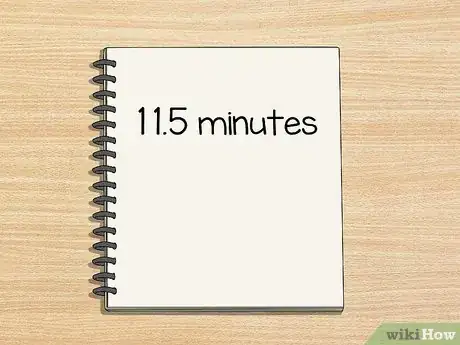
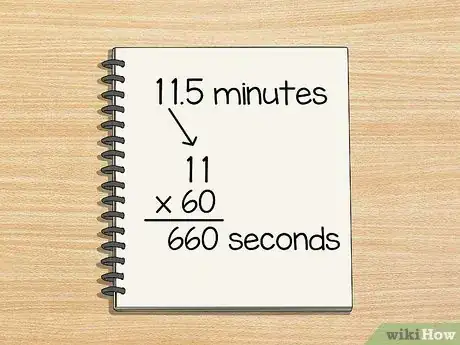

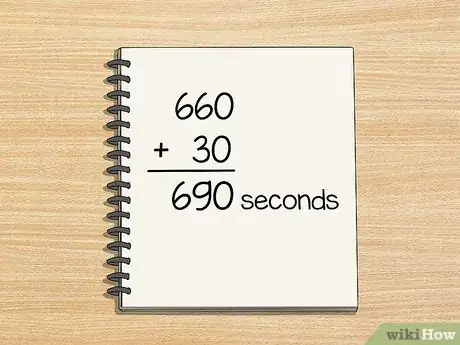

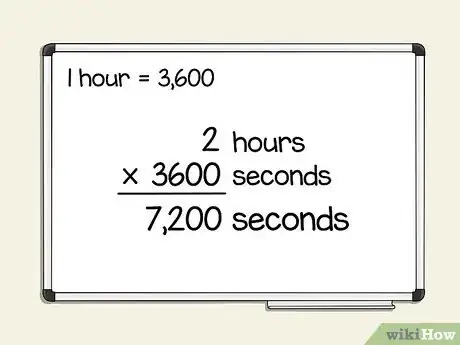

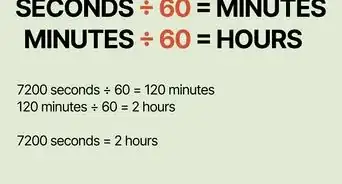
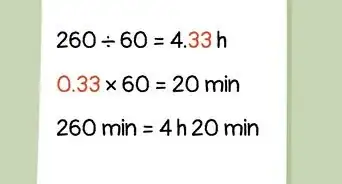
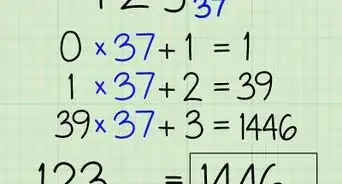
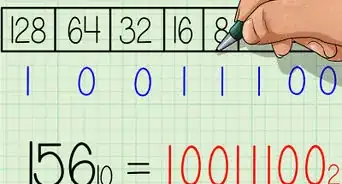
-to-Grams-(g)-Step-8-Version-5.webp)
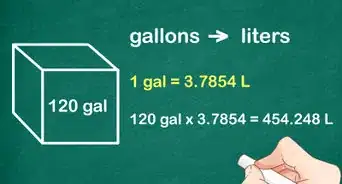
-to-Fahrenheit-(°F)-Step-6-Version-2.webp)
